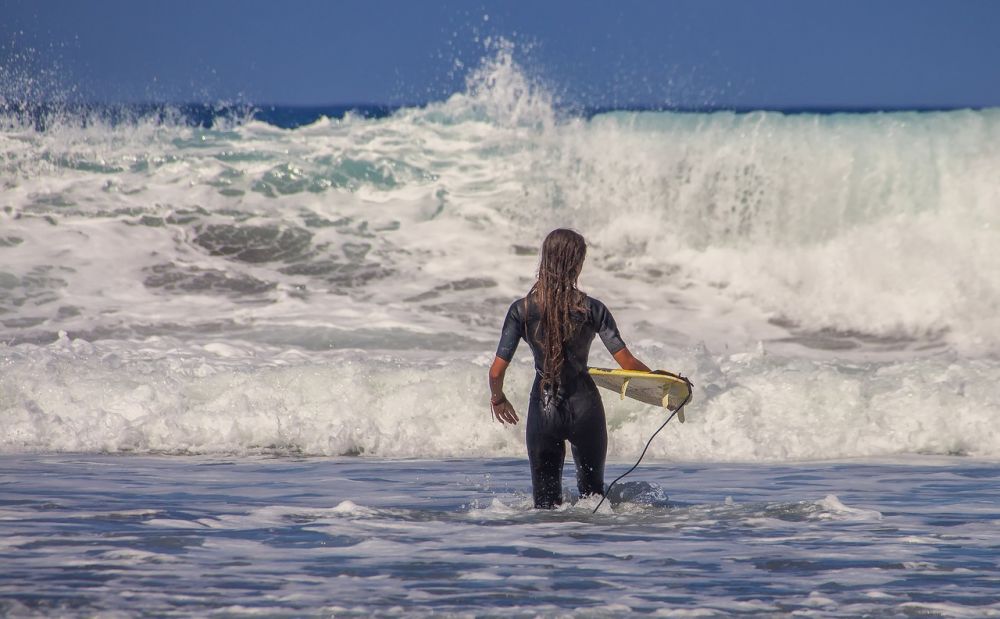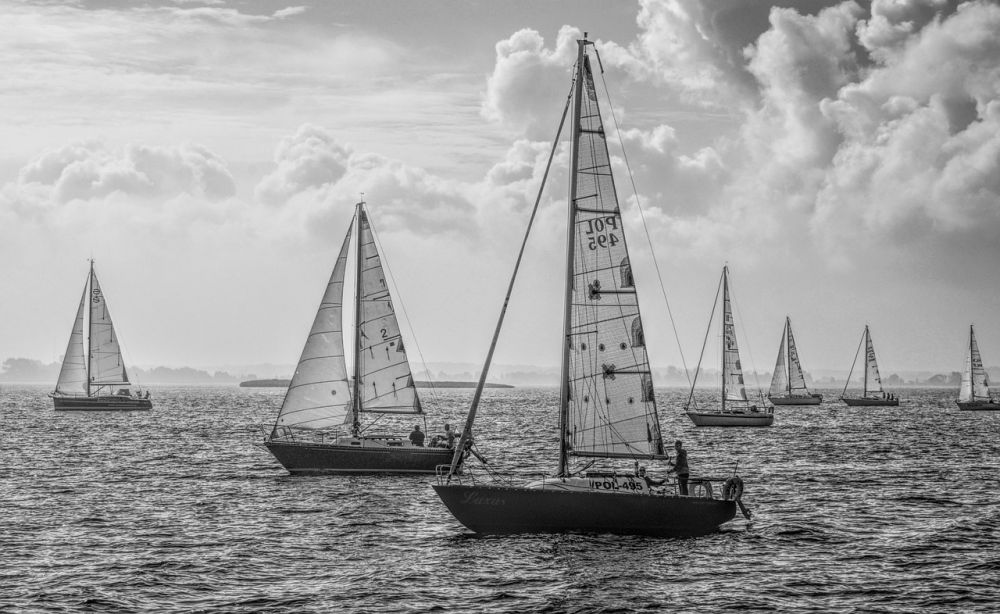Triathlon, consisting of swimming, cycling, and running, is a challenging and widely popular sport that tests athletes' endurance and versatility

Triathlon distances vary, with each distance presenting its own unique challenges and appeal. In this article, we will provide a comprehensive overview of triathlon distances, including their types, popularity, and historical development. Additionally, we will explore the quantitative aspects of these distances, discuss their differences, and examine the pros and cons associated with each distance.
Overview of Triathlon Distances
Triathlon distances are categorized into several types, namely Sprint, Olympic, Half Ironman, and Ironman. These designations indicate the length and complexity of each race, with Ironman being the longest and most demanding. Each distance requires participants to compete in three disciplines, beginning with the swim, followed by cycling, and concluding with a run.
Comprehensive Presentation of Triathlon Distances

1. Sprint Distance:
– Typically the shortest distance in triathlon, consisting of a 750-meter swim, a 20-kilometer bike ride, and a 5-kilometer run.
– This distance is popular among beginners and professional athletes looking for a fast-paced and intense race experience.
2. Olympic Distance:
– Regarded as the standard distance for triathlon, with a 1.5-kilometer swim, a 40-kilometer bike ride, and a 10-kilometer run.
– Olympic distance races attract a large number of participants and are commonly featured in major competitions and the Olympic Games.
3. Half Ironman Distance:
– Also known as the ”70.3,” this distance challenges athletes with a 1.9-kilometer swim, a 90-kilometer bike ride, and a 21.1-kilometer run.
– Half Ironman races require a higher level of endurance and stamina, attracting intermediate to advanced participants seeking a greater physical and mental challenge.
4. Ironman Distance:
– The most grueling and prestigious triathlon distance, consisting of a 3.8-kilometer swim, a 180-kilometer bike ride, and a marathon-distance 42.2-kilometer run.
– Ironman races push participants to their limits and require months of dedicated training and preparation. This distance is highly regarded and often serves as a personal achievement or a qualifying race for the Ironman World Championship.
Quantitative Measurements of Triathlon Distances
To better understand the physical demands of each distance, let’s examine some quantifiable measurements:
– Sprint Distance: Approximately 750 meters swimming, 20 kilometers cycling, and 5 kilometers running.
– Olympic Distance: Roughly 1.5 kilometers swimming, 40 kilometers cycling, and 10 kilometers running.
– Half Ironman Distance: About 1.9 kilometers swimming, 90 kilometers cycling, and 21.1 kilometers running.
– Ironman Distance: A challenging 3.8 kilometers swimming, 180 kilometers cycling, and 42.2 kilometers running.
Distinguishing Characteristics of Different Triathlon Distances
While all triathlon distances involve swimming, cycling, and running, they differ significantly in terms of the physical demands, average completion times, and strategic approaches required. Here are some key factors that set them apart:
1. Time Commitment:
– Sprint and Olympic distances generally take less time to complete, with elite athletes finishing in under two hours.
– Half Ironman and Ironman distances can take several hours to complete, with Ironman races having average completion times of around ten to seventeen hours.
2. Training Intensity:
– Sprint and Olympic distances require a balanced training regimen emphasizing speed, endurance, and transitions between disciplines.
– Half Ironman and Ironman distances demand longer training hours, developing a higher level of aerobic endurance and mental fortitude.
3. Nutritional Strategy:
– Shorter distances like Sprint and Olympic races require less focus on nutrition during the race, with athletes relying on pre-race meals and hydration.
– Longer distances such as Half Ironman and Ironman races necessitate meticulous plans for fueling and hydration during the event to sustain energy levels and avoid exhaustion.
Historical Evaluation of Triathlon Distances’ Advantages and Disadvantages
The evolution of triathlon distances has been driven by the desire to provide diverse challenges for athletes. Let’s explore the historical advantages and disadvantages associated with each distance:
1. Sprint Distance:
– Advantages: Fast-paced, less time commitment, accessible to beginners.
– Disadvantages: Limited physical and mental challenge, less opportunity for strategic race planning.
2. Olympic Distance:
– Advantages: Balanced and challenging, widely recognized, suitability for both beginners and experienced athletes.
– Disadvantages: Can be demanding for novices, requires a higher level of fitness.
3. Half Ironman Distance:
– Advantages: Provides a stepping-stone towards longer distances, combines endurance with mental stamina, significant achievement for participants.
– Disadvantages: Requires a substantial time commitment and extensive training, can be overwhelming for some athletes.
4. Ironman Distance:
– Advantages: Ultimate test of endurance, personal achievement, opportunity for qualification to the Ironman World Championship.
– Disadvantages: Requires rigorous training and preparation, physically and mentally demanding, potential for burnout.
[INSERT VIDEO HERE – Discussing the challenges and rewards of completing an Ironman race]
In conclusion, triathlon distances offer a wide range of challenges, from the intense speed of sprint races to the ultimate test of endurance in Ironman races. Each distance has its own unique appeal, attracting different levels of participants and varying degrees of commitment. Understanding the characteristics, measurements, and historical aspects of these distances can help athletes choose the right challenge for their abilities and goals in the world of triathlon.





